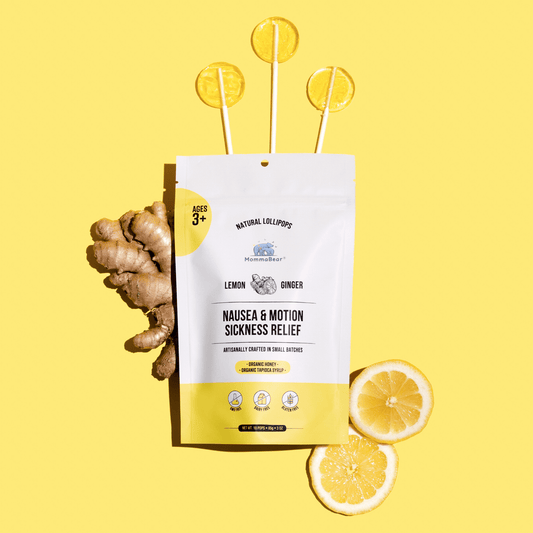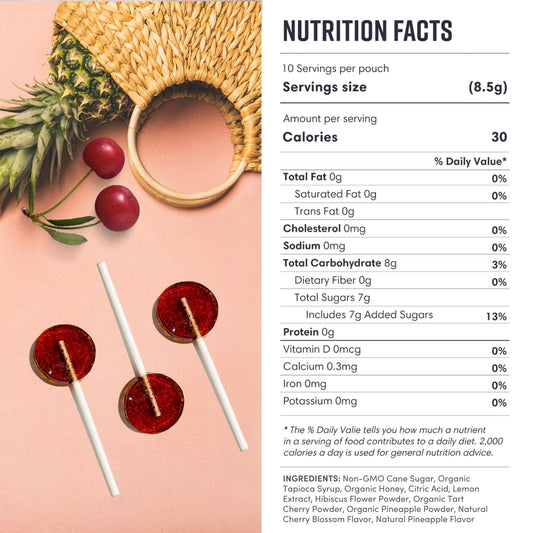You know, it’s funny how some things just stick with you. Lollipops are one of those things for me. They're so simple, just a bit of candy on a stick, but they’re packed with so much joy and color. I was thinking about it the other day and got curious about where they even came from. So I went down a bit of a rabbit hole, and it’s actually a really sweet story. I wanted to share what I found.
The Origins of Lollipop Candy
It turns out the idea of a lollipop isn't new at all. It feels like it goes back forever, way before we had all the shiny wrappers and crazy flavors. It all started with just finding ways to make something sweet last a little longer.
Ancient Civilizations and Sweet Treats
I was reading that in ancient Egypt, they’d dip fruits and nuts in honey and eat them off little sticks. I guess it was a way to keep their hands from getting sticky, but it also feels like the very, very beginning of a lollipop, right? A sweet treat on a stick. It’s that simple.
The Romans apparently did something similar, boiling honey and mixing it with other things. It just shows that people have always been trying to figure out how to make delicious things easy to eat. It’s not some modern invention; it’s just human nature, I think.
The Middle Ages and the Advent of Sugar
Then sugar came along and, well, that changed everything. Once it started showing up in Europe during the Middle Ages, people went wild making all sorts of new candies. It must have felt like magic after only having honey for so long.
This is when you start to see things that look a little more like the lollipops we know. I read about sugar-coated almonds being served on a stick. A distant cousin to the lollipop, for sure. Little by little, they were getting closer.
Different places started getting really good at candy making, too. In France, they figured out how to make hard candies, which was a huge step. They started adding fruit flavors and spices, and you can just imagine how exciting that must have been. The whole idea of a sweet, flavored candy on a stick was starting to catch on. It just took a while for it all to come together.
The Industrial Revolution and Mass Production
The Industrial Revolution was really the moment when lollipops became a thing for everyone. Before that, candy was mostly a special treat, you know? But with new machines, suddenly they could make tons of them. It wasn't just a small-batch thing anymore.
That’s also when they started playing around with all the bright colors and different flavors. They could make them faster and cheaper, so they started popping up in stores everywhere. It’s really when they went from being a rare treat to something any kid could buy with a few pennies. It’s how they became a part of our culture, I think.
The Lollipop's Journey to America
So when people from Europe came to America, they brought their candy recipes with them. It’s kind of a sweet thought, isn't it? Packing up your whole life but making sure you remember how to make your favorite treats. They started mixing their old recipes with new ingredients they found here, and that’s how the American lollipop really began. It’s like a little taste of home mixed with something new.
Early American Candy Makers
By the 1800s, candy makers here were really having fun with it, trying out all kinds of shapes and flavors. Everyone had their own little secret to making them just right. I read that the first lollipop that was sold commercially came out in the early 1900s, and people just loved them. They became this happy little thing you’d see at fairs and parades.
There was this one guy, George Smith, who apparently came up with the name "lollipop." He was smart about it, too. He didn’t just make them; he really pushed to get them into shops and sold on the street. He kind of made it a brand, which was a pretty new idea back then. He made sure it wasn’t just a piece of candy, but an experience.
The Industrial Revolution and Mass Production
And just like in Europe, the Industrial Revolution was a total game-changer here. Suddenly, making lollipops wasn't this slow, careful process. They could churn them out on assembly lines, which meant more lollipops for everyone, and they didn’t cost as much.
The new machines also meant they could make them all the same shape and wrap them up neatly. By the end of the 19th century, you could find all sorts of flavors. I mean, they had cherry and grape, but also cool ones like root beer and butterscotch. They figured out that if they made them bright and colorful, with fun packaging, people would just be drawn to them. That was the beginning of lollipops becoming this staple candy that we all grew up with.
The Evolution of the Lollipop
As they got more popular, they just kept changing. It’s like they have their own little life story, evolving with new ideas and flavors, turning from a simple piece of hard candy into this global phenomenon.
The Introduction of the Stick
I mean, it sounds so obvious, but the stick is what makes a lollipop a lollipop. Think about it. Before that, you just had to hold the sticky candy in your hand. The stick was genius. It made it so much easier, especially for kids.
And it totally changed how they were sold! Shops could put them in big, colorful displays. They weren't just candy anymore; they were these fun, eye-catching things. Plus, you could put your brand name on the stick. It’s such a simple thing, but it made all the difference. It made them iconic and something you remember from being a kid.
The Variety of Flavors and Shapes
And the flavors! They went from just being sugary to having every taste you can imagine—fruity, sour, even spicy ones now. The shapes are wild, too, from cartoon characters to crazy geometric patterns. It's a treat that really can be anything.
Here are some of the ones that always come to mind for me:
-
Cherry
-
Grape
-
Watermelon
-
Bubble gum
-
Spicy chili mango
The fact that there are so many options is probably why they've stuck around for so long. And now there are even gourmet lollipops for adults, with really fancy flavors like organic fruit and exotic spices. It shows that it’s not just a kid's candy anymore. It can be a sophisticated treat, too.
People are even getting artistic with them. I've seen these incredible lollipops that are like little sculptures, with layers of colors and flavors. It’s become a whole craft. You can even take classes to learn how to make them. It’s just so cool to see how far they've come.
Lollipops in Pop Culture
They’re more than just candy now, though. They’ve really found their way into our culture, in movies and music and art. They just have this special kind of charm.
Lollipops in Movies and Music
You see them pop up in movies all the time, usually as this little symbol of being a kid or just being happy and carefree. When I think of lollipops in movies, I always think of Charlie and the Chocolate Factory. The whole world was made of candy, and the lollipops were just so magical. It reminds you of how exciting a simple sweet can be.
And in music, they get mentioned a lot, too. Sometimes it’s playful, sometimes it’s a metaphor for something else. There are those old songs like "Lollipop" by The Chordettes, and then much newer ones. It just shows how they’ve become this cultural shorthand for something sweet and fun.
The Lollipop as a Symbol
Beyond all that, they've just come to mean something. They symbolize being a kid, that feeling of simple joy. That’s why you see them at birthday parties and celebrations. They’re just a sweet little way to mark a happy moment. The bright colors and fun shapes just make you smile.
And of course, companies use them in advertising all the time, especially for stuff aimed at kids. It’s an easy way to say "this is fun." That cheerful vibe is just so connected to lollipops, it’s become a go-to for anyone trying to sell a little bit of happiness.
The Modern Lollipop and Its Impact
Even with all the fancy new candies out there, lollipops are still going strong. They’ve managed to change with the times, even now when everyone is thinking more about healthy eating.
Lollipops and the Global Candy Market
People all over the world love them, and there are so many different brands out there. They’ve had to be clever with marketing to stay popular, but it’s working.
It's so interesting how different places have their own special kinds. I read that in Japan, they have flavors like matcha, and in Latin America, you can find spicy and fruity ones. It’s a great example of how a simple idea can be adapted to fit different cultures. And now, with the health trend, you’re seeing a lot more organic lollipops made with natural stuff and less sugar, which is great. It means they’re keeping up with what people want.
The Future of Lollipops
Looking ahead, I think we're going to see even more new things. Crazy new flavors and shapes, for sure, but also healthier options. That’s something we think about a lot at Momma Bear Organics. People want treats that are good for them, or at least better for them. So things like organic ingredients, less sugar, and maybe even functional candies are the future.
That ability to adapt is why I think lollipops will always be around. They’re a classic for a reason. Social media has given them a whole new life, too. A really beautiful or weird-looking lollipop can go viral on Instagram or TikTok. It’s a whole new way to get people excited.
And people are thinking more about sustainability now, too. So you’re seeing companies use better packaging and ingredients from farms that are good to the earth. It feels like the lollipop is growing up, in a way. It’s becoming more thoughtful. But at its heart, it’s still that same simple, joyful thing. A little bit of sweetness on a stick.
It’s just a candy on a stick, I guess. But when you look at its long journey, it feels like so much more than that, doesn’t it? Funny how something so simple can hold so many stories and memories. Makes you look at them a little differently.










